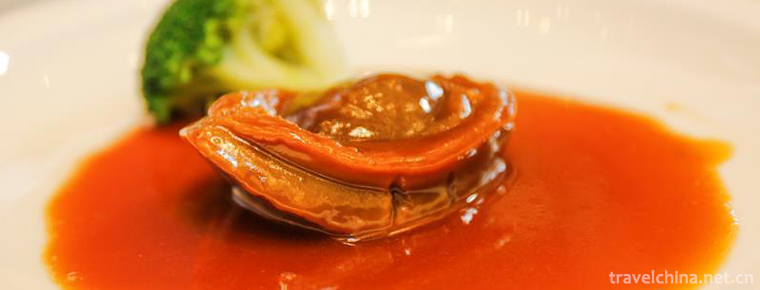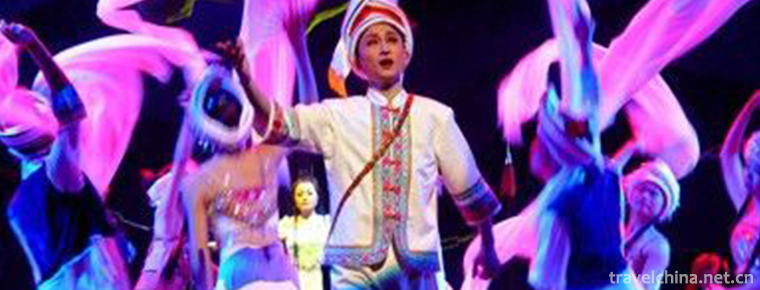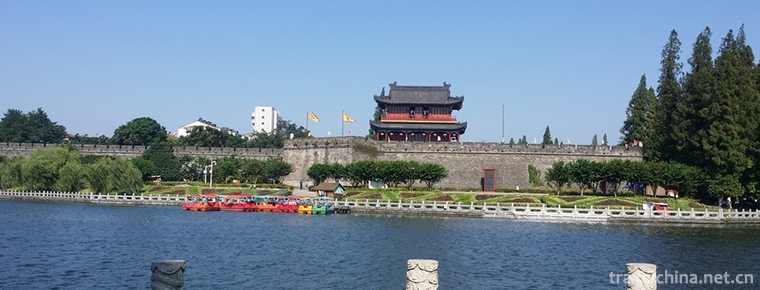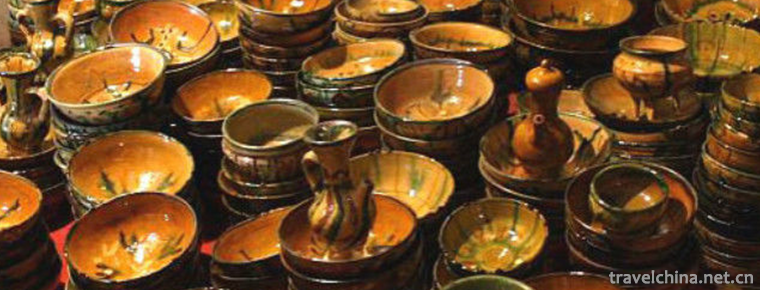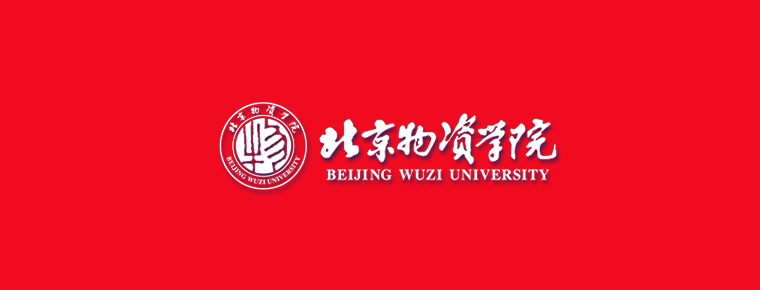Tiananmen Square
Tian'anmen Square, located in the center of Beijing, is located in the East Chang'an Street of Dongcheng District, Beijing, from Tian'anmen Street in the north to Zhengyang Gate in the south, from the National Museum of China in the east to the Great Hall of the People in the west, 880 meters long in the north and 880 meters long, 500 meters wide in the East and west, covering an area of 440,000 square meters. It can accommodate 1 million people to hold a grand The square.

The ground of the square is all made of light-colored granite strips treated by special techniques. In the center stands the monument of the people's heroes and the solemn Memorial Hall of Chairman Mao. On both sides of Tian'anmen are the Labor People's Cultural Palace and Zhongshan Park, which are integrated with Tian'anmen and form Tian'anmen Square. In 1986, Tiananmen square was selected as one of the sixteen scenes of Beijing, with the name of "Tianan Li day".

Tian'anmen Square records the Chinese people's indomitable revolutionary spirit and courageous heroism. The May 4th Movement, the January 29th Movement and the May 2nd Movement all left a strong color for the history of China's modern revolution. At the same time, Tian'anmen Square is the place where countless important political and historical events took place. It is also the place of China's decline and rise. Historical testimony.

At 7:36 on January 1, 2018, the flag-raising ceremony at Tian'anmen Square was performed for the first time by the honorary guard of the People's Liberation Army and the military band.

Tiananmen, formerly known as tiantianmen, was built in Yongle for fifteen years (1417).

After eight years of renovation (1651), it was called Tiananmen. At this time, Tian'anmen Square is just a closed T-shaped Palace square, an important place for the Ming and Qing Dynasties to hold major celebrations and issue decrees to the whole country, also represents the dignity of the imperial power.

In the 26th year of Guangxu (1900), the Allied Forces of the Eight Kingdoms invaded Beijing, and Tiananmen Square was regarded as a place for the invaders to garrison their troops.
In the three year of 1914 (1914), in May, the Beiyang government launched the transformation of the old capital plan. Removal of the 1000-step corridor in front of Tian'anmen Gate, construction of asphalt roads, urn city, etc., the original closed Palace Square into an open space for free passage and stay, the dignity and mystery of the imperial power was dissolved. Because of Zhu Qijun's first renovation of Tiananmen Square, Tiananmen Square began to become a modern square.

In seventeen years (1928), Jiang Jieshi won the northern expedition. In July, 70 thousand military and political organizations in Beiping held a celebration conference in front of Tiananmen. On August 24, a portrait of Sun Yat-sen was hung on the Tiananmen Tower, the first time a personal portrait was hung on the tower.
In the twenty-sixth year of the Republic of China (1937), under the rule of the Japanese puppet government in Beijing, Tiananmen Tower was pasted with the slogan "Building a New East Asian Order".

In October 1, 1949, the founding ceremony of People's Republic of China was held.
In 1950, because the distance between the flagpole of the square and Tiananmen Gate was not enough to pass the width of the parade in the future, Huawa and Shilion in front of Tiananmen Gate were moved 6 meters.

In 1954, the Chinese Gate, the Chang'an Left Gate, the Chang'an Right Gate, the Ministry of Hukou Punishment and other government offices, as well as the warehouse chessboard street and other buildings were demolished, and a monument to the people's heroes was built in the square.

In 1958, to meet the 10th anniversary National Day, Tiananmen square began the largest expansion in history. Removal of the Red Wall at the Chinese Gate, Chessboard Street and Plaza, with a total area of 44 hectares, is nine times the size of the Russian Red Square. Architect Tao Zongzhen, who suggested that the width should be compressed to suit the continuity of the surrounding roads, was told: "It can't be moved. It was decided by Chairman Mao." At the same time, the monuments of the people's heroes erected on the square, the Great Hall of the People, the Chinese Revolution and the Military Museum on both sides of the square have laid the tone of the square as the political center.

In September 9, 1976, Mao Zedong passed away. Tiananmen square has undergone the last large-scale reconstruction -- the construction of the Mao Zedong Memorial Hall.
On January 1, 1988, the first day of the international tourism year in Beijing, the Tiananmen tower was officially opened.

In October 1, 1999, the 50th anniversary National Day ceremony was held.

In 2009, to celebrate the 60th anniversary of the National Day, two huge curtains were placed in Tiananmen Square, where scenery films and public service advertisements were scrolled across the screen.

On September 3, 2015, the 70th Anniversary of the Victory of the Chinese People's War of Resistance Against Japan and the World Anti-Fascist War was held in Beijing.
At 7:36 on January 1, 2018, the flag-raising ceremony was held in Tiananmen Square for the first time by the honor guard of the People's Liberation Army and the military band.


-
Beihai Seabed World
Beihai Seabed World is a national AAAA-level tourist attraction and national marine science education base. It is a large-scale comprehensive ocean hall which mainly displays marine organisms and inte.
Views: 179 Time 2018-12-26 -
The Ancient City of Gaochang
Gaochang City, which began in the first century B.C., was built by the army of Tuntian in the territory of Cheshi in the Western Han Dynasty. The site of the Old Town is located in the vicinity of Har.
Views: 116 Time 2019-01-12 -
Eight dishes
Eight-flavor dish is a delicacy, the main ingredients are green pepper, 1000 grams; soybean, 1000 grams; head vegetables, 3000 grams; sugar, 250 grams; vinegar, 250 grams; salt, 250 grams; soy sauce, .
Views: 447 Time 2019-03-27 -
Southern Drama
Nan Opera, also known as Nan Opera and Shi Nan Diao, commonly known as "Gaotai Opera" or "People's Congress Opera", is a local opera in Enshi Tujia and Miao Autonomous Prefecture o.
Views: 267 Time 2019-06-07 -
Legend of the Three Kingdoms
The legend of the Three Kingdoms is a kind of folk literature which was approved by the State Council and listed in the fourth batch of national intangible cultural heritage list in 2014..
Views: 213 Time 2019-06-12 -
Uygur moulding earthenware firing
Uygur moulding pottery has a history of more than two thousand years. After the middle of the ninth century, Uygur ancestors moved westward to the vicinity of the Tarim Basin, inherited the pottery ma.
Views: 184 Time 2019-06-26 -
Sichuan Agricultural University
Sichuan Agricultural University is a national "211 Project" with the characteristics of biotechnology, the advantages of agricultural science and technology, and the coordinated development .
Views: 400 Time 2019-08-31 -
Beijing Wuzi University
Beijing Wuzi University is a public institution of higher learning which is characterized by logistics and circulation, based on economic disciplines, with management disciplines as its main branches,.
Views: 313 Time 2019-09-06 -
Deyang local culture
On April 2, 2013, the Information Office of the people's Government of Deyang City, Sichuan Province announced the city logo of Deyang to the public. Among them, "the source of ancient Shu, the city of heavy loading" has become the main logo of Deyang City.
Views: 333 Time 2020-12-14 -
Population of Mianyang
By the end of 2018, the total number of households in Mianyang was 2 million 61 thousand and 800, and the registered residence population was 5 million 362 thousand. At the end of the year, there were 4.857 million permanent residents, with the urbanization.
Views: 110 Time 2020-12-14 -
Hydrology in Yibin
The water system in Yibin belongs to the external water system, with the Yangtze River as the main vein, with many rivers, high density and abundant water. Jinsha River and Minjiang River join to form the Yangtze River, which runs through the nor.
Views: 323 Time 2020-12-18 -
Dazhous location
Dazhou is located in the junction of Sichuan, Chongqing, Hubei and Shaanxi provinces and the Chengdu Chongqing Economic Belt in the upper reaches of the Yangtze River. It is the "East Gate" of Sichuan opening to the outside world and a key regi.
Views: 195 Time 2020-12-20


